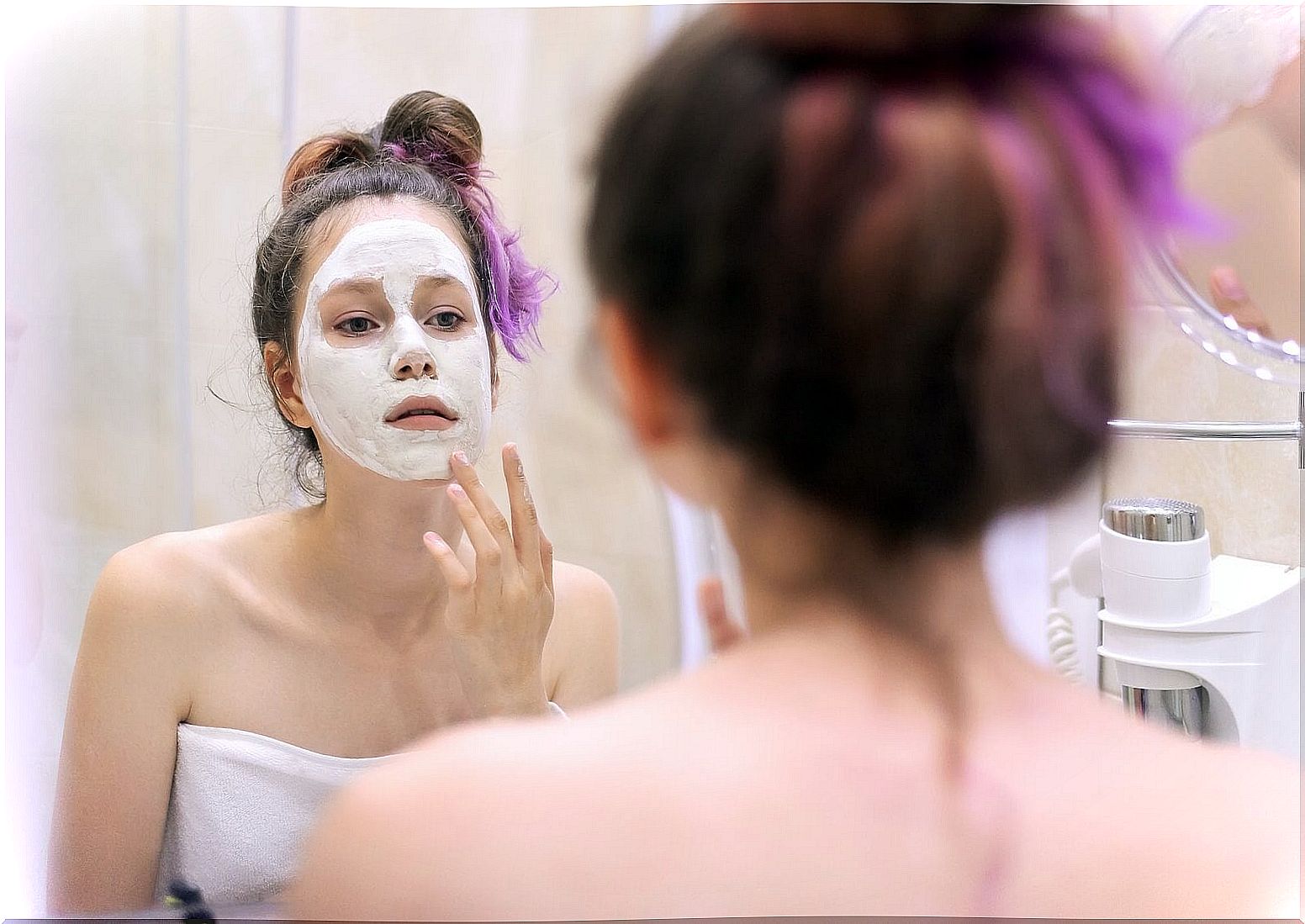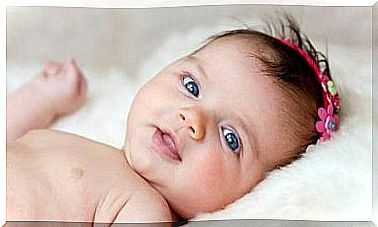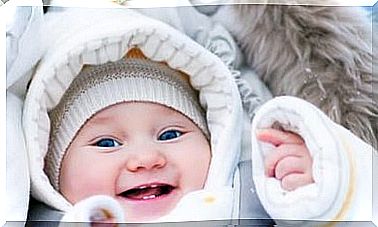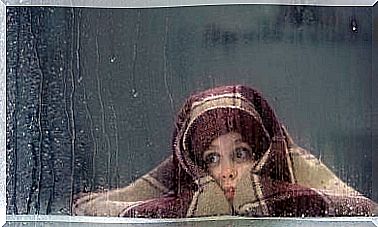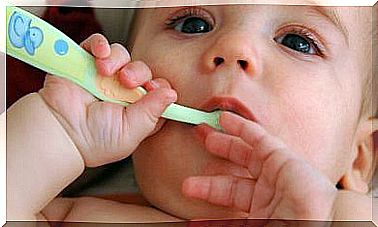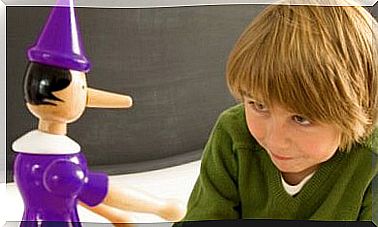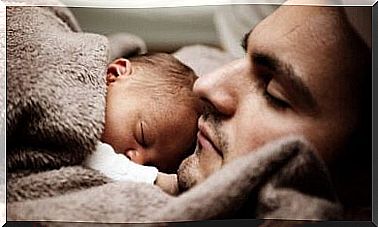Melanoma In Children And Adolescents

Melanoma in children and adolescents is not one of the most frequent pathologies. However, it does not mean that the necessary care must be taken to prevent it or protect the skin.
In fact, children who have had more than three severe burns during childhood are at higher risk of future melanoma.
What is called melanoma?
Childhood and adolescent melanoma is rare ; it represents only 1.3% of all cancer cases in patients under 20 years of age, according to studies published by the European Journal of Cancer .
Melanoma is the most aggressive skin cancer if it spreads throughout the body. Consequently, it is of great importance to detect it early for its subsequent excision, treatment and follow-up.
It is more prevalent in adults, but it also occurs in adolescents who have too many moles and a history of melanoma.
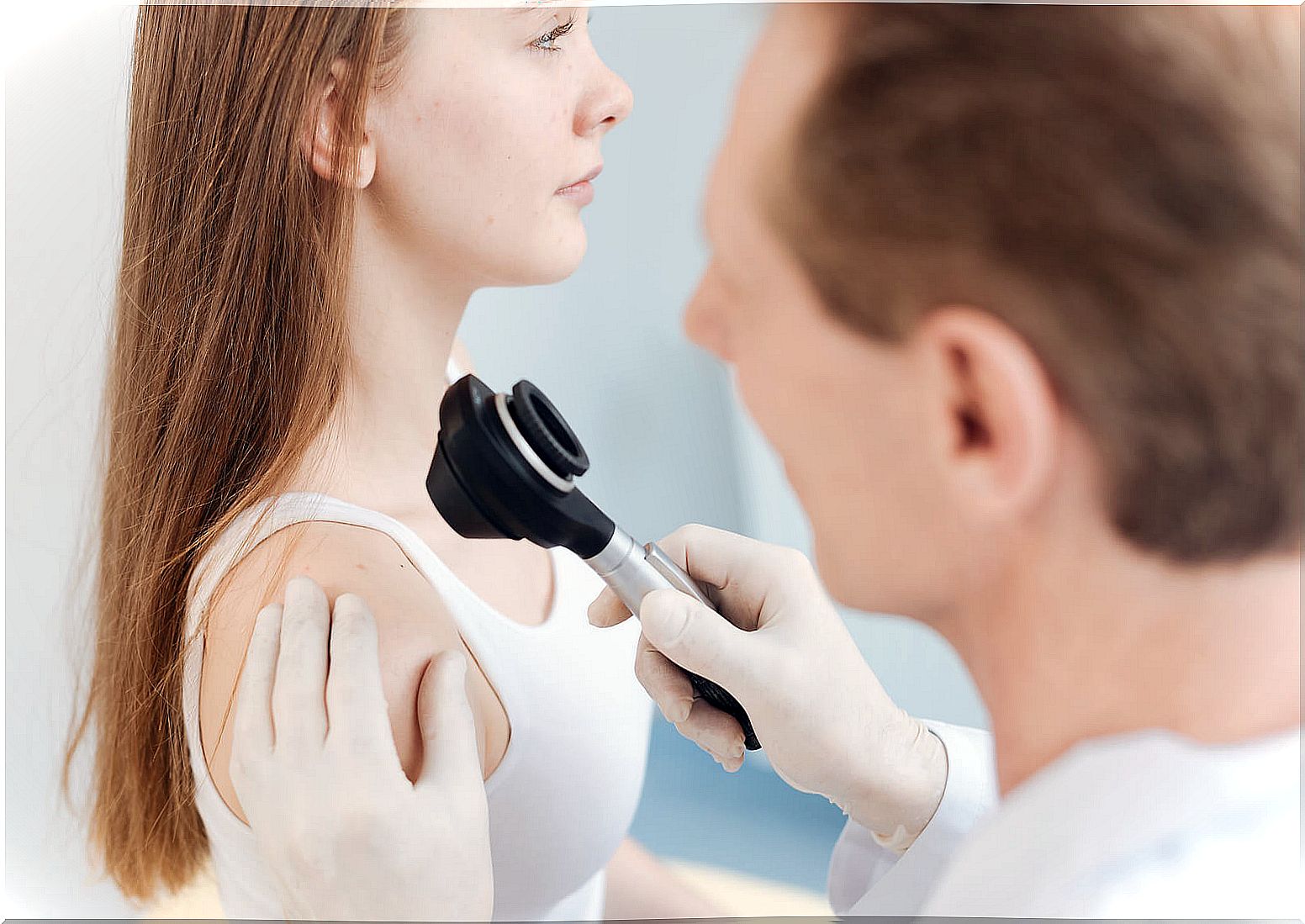
Differences between melanoma and mole
It is important to check for moles once a year. Also, this is done by the dermatologist in the office through the clinical physical examination or with the dermatoscope. What characterizes a malignant lesion is that it is a recent or existing stain that has modified its properties.
According to the American Cancer Society , the ABCDE rule allows, in turn, to carry out a control at home of the lesions:
- A for asymmetry : no similarity is observed in the two halves of the mole.
- Edge B : The edges are poorly defined or irregular.
- C for color : the color is not uniform, you can even see different shades.
- D in diameter : the mole grew in size compared to the previous control.
- E for evolution : shape, size, or color change over time.
Another method of analyzing moles is the so-called “ugly duckling sign . ” That is, a mole is suspected that differs in some of the characteristics from the rest of those that are on the child’s body.
Risk factors for melanoma in children and adolescents
There are risk factors that can be modified and those that cannot. In addition, the fact that the person has one or more of the predisposing factors does not mean that they will suffer from melanoma in the future.
- Exposure to ultraviolet rays.
- Have a lot of moles.
- Dysplastic nevi (atypical moles).
- Dysplastic nevus syndrome.
- Family history of melanoma.
- Previous history of any skin cancer.
- Xeroderma pigmentosum.
- Light skin, light eyes, blonde hair.
What can be done to prevent melanoma in children and adolescents?
The vast majority of melanomas in children and adolescents cannot be avoided because they develop from a mutation in the DNA. However, steps and precautions can be taken to protect the skin and try to avoid melanomas.
It is recommended to avoid sun exposure between 10 a.m. and 4 p.m., where the sun and its solar rays are more aggressive. Even if sunscreen is applied to children, exposure is not beneficial to the skin.
Sun protection in all its forms
Babies under 6 months should not be exposed to ultraviolet rays, even with sun protection factor applied. Anyone exposed to the sun’s rays should apply broad spectrum sun protection (UVA / UVB) greater than or equal to 50. In addition, the product must be reapplied every 2 hours to exposed areas of the body.
Intermittent sun exposures, such as on vacation, or severe sunburn in childhood carry a high risk of melanoma.
Tanning salons, tanning beds, or artificial screens are not recommended because of the damage they cause to the skin. The UV rays emitted by sunbeds can lead to mutations and cell death. In addition, they decrease the skin’s own immunity.
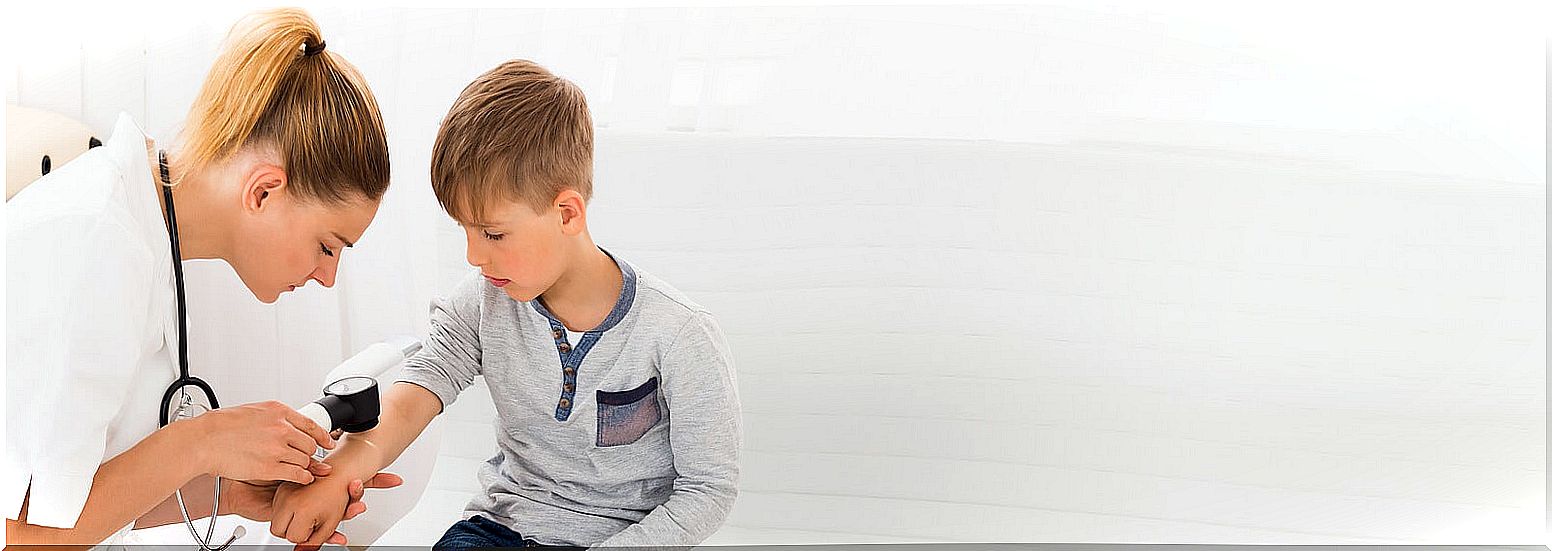
Regular skin check-ups
The annual checkup of moles with the skin specialist is one of the checkups that people do not usually perform often. Even, every month a self-check of the skin should be carried out at home.
Those who have a history of melanoma, present atypical moles or a family member with this type of skin cancer should be more strict with the controls.
Thus, in medical check-ups, the dermatologist specialist may choose to take photographs to observe the evolution of the lesions over time.
Prevention of melanoma in children and adolescents as a treatment
Childhood is a period of life in which children must take great care of the damage caused by the sun. Likewise, the burns that are generated here will determine the manifestations of the skin in the future.
Raising awareness and educating from a young age on the importance of using sun protection factor is very important. In addition, you can use clothing with sunscreen, from tights to hats and glasses.
